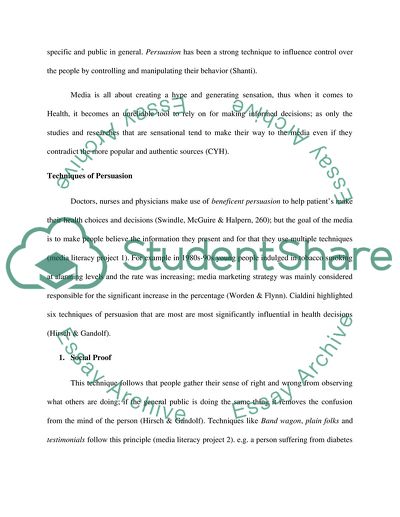Cite this document
(“Media influence on decision-making, ethical and unethical practices Research Paper”, n.d.)
Retrieved from https://studentshare.org/journalism-communication/1620517-media-influence-on-decision-making-ethical-and-unethical-practices
Retrieved from https://studentshare.org/journalism-communication/1620517-media-influence-on-decision-making-ethical-and-unethical-practices
(Media Influence on Decision-Making, Ethical and Unethical Practices Research Paper)
https://studentshare.org/journalism-communication/1620517-media-influence-on-decision-making-ethical-and-unethical-practices.
https://studentshare.org/journalism-communication/1620517-media-influence-on-decision-making-ethical-and-unethical-practices.
“Media Influence on Decision-Making, Ethical and Unethical Practices Research Paper”, n.d. https://studentshare.org/journalism-communication/1620517-media-influence-on-decision-making-ethical-and-unethical-practices.


